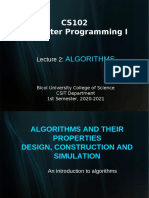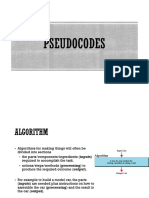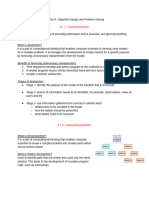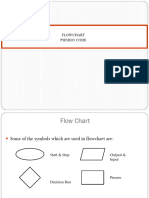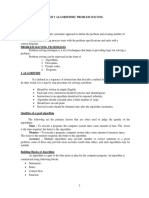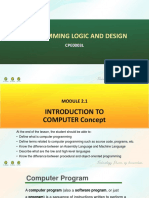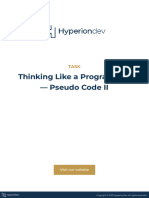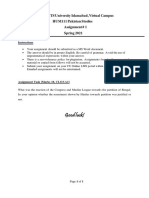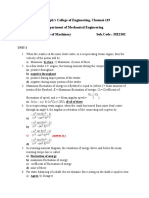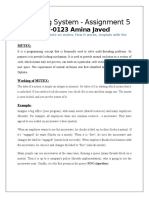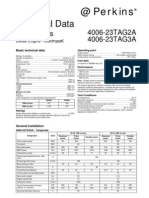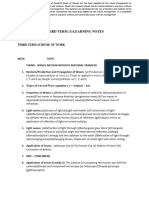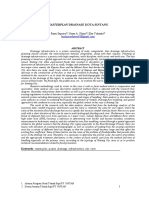0% found this document useful (0 votes)
63 views86 pagesAlgorithms and Data Structure: Please Turnoff Your Cell Phone
1. The document provides an overview of an algorithms and data structures course, including concepts that will be covered, course policies, and tips for success.
2. The concepts covered include basic programming, searching and sorting, memory manipulation using stacks, queues and linked lists, and trees, graphs and heaps.
3. Course policies outline assignments, quizzes, tutorials, and the marking breakdown. Tips for success encourage working hard, doing practice exercises, and being patient.
Uploaded by
Huzaifa Tariq hameedCopyright
© © All Rights Reserved
We take content rights seriously. If you suspect this is your content, claim it here.
Available Formats
Download as PPT, PDF, TXT or read online on Scribd
0% found this document useful (0 votes)
63 views86 pagesAlgorithms and Data Structure: Please Turnoff Your Cell Phone
1. The document provides an overview of an algorithms and data structures course, including concepts that will be covered, course policies, and tips for success.
2. The concepts covered include basic programming, searching and sorting, memory manipulation using stacks, queues and linked lists, and trees, graphs and heaps.
3. Course policies outline assignments, quizzes, tutorials, and the marking breakdown. Tips for success encourage working hard, doing practice exercises, and being patient.
Uploaded by
Huzaifa Tariq hameedCopyright
© © All Rights Reserved
We take content rights seriously. If you suspect this is your content, claim it here.
Available Formats
Download as PPT, PDF, TXT or read online on Scribd
/ 86












